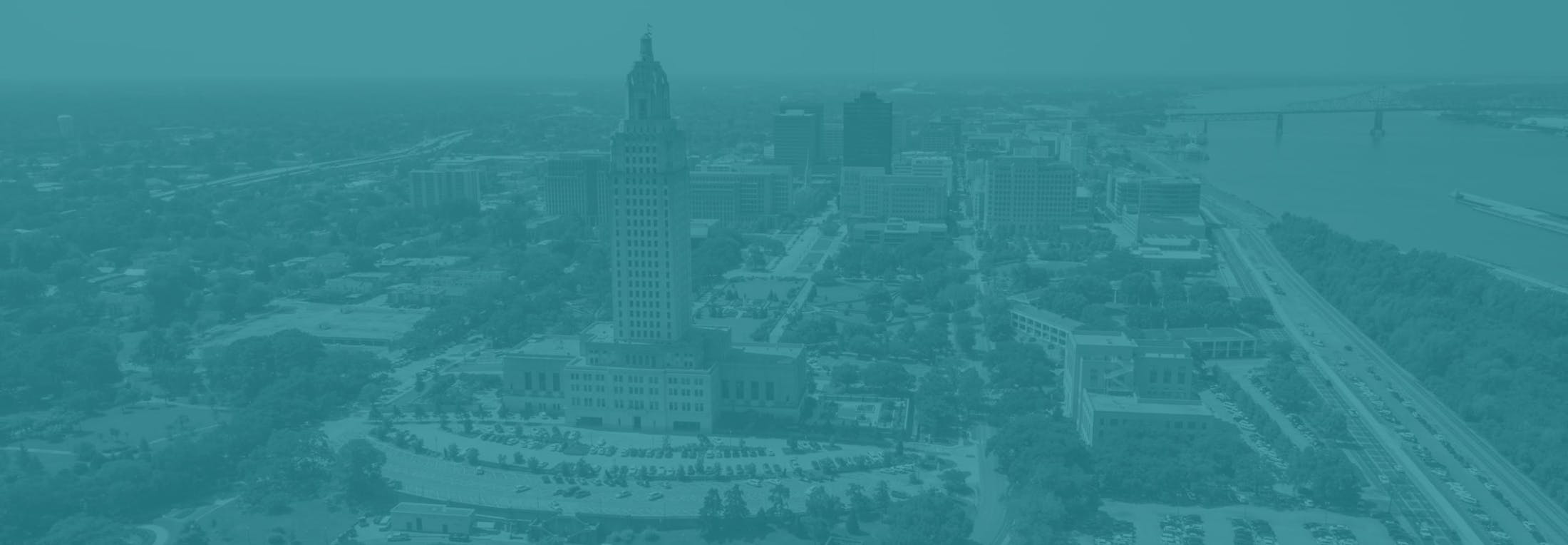The Occupational Health and Safety Administration (OSHA) estimates that over 22 million workers are exposed to sustained noises louder than 85 dB, which can cause potential hearing damage. The rule-of-thumb in evaluating how loud 85 dB noise is is best demonstrated by someone trying to talk to you when they are only three feet away, and you understand what they are saying.
There are several situations and concerns that occupational noise-induced hearing loss may pose:
- The threat of losing your job if you don’t tolerate the loud noise.
- The fear of not hearing something important and lack of safety if you use hearing protection.
- The feeling of tolerance, meaning you have to tolerate loud noises for this particular job.
- Loud ringing or tinnitus in your ears after work.
- Having to shout to be heard at work.
- Temporary hearing loss when you leave work.
- Long-term sustained loud noise exposure may have damaging effects on your hearing, particularly at high frequencies.
When we are exposed to loud noises, our inner ears and the small hair-like nerve cells or cilia change or die. Loud noises, especially over time, can cause other types of irreversible damage to the inner ear structures.
Some researchers think there is an inflammatory response initiated by loud noise exposure due to acoustic trauma. The result is the abundance of circulating white blood cells to the inner ear.
There are some opposing theories about injuries causing hearing loss to the inner ear. For example, loud, constant noises cause accumulated microtrauma to the inner ear structures and are no different from exposure to an impulse or sudden loud noise.
Another idea is that metabolic exhaustion causes eventual cell death in the inner ear. Some call this concept auditory fatigue, and it may be the reason our hearing returns after the loud noxious noise is removed. This auditory recovery may be our body’s defense mechanism since it is well-known that exposure to intermittent loud noises is much less likely to produce long-term damage to our hearing than continuous loud noise at the same intensity level. One clinical study showed that despite the total energy of intermittent sound at 125 dB being greater than that of continuous 115 dB sound pressure, the lower, continuous sound still caused more hearing damage.
The NIOSH Sound Level Meter App
The National Institute for Occupational Safety and Health (NIOSH) has an app for mobile iOS devices. It is called the Sound Level Meter App, and it measures workplace sound levels. In addition, it provides parameters for noise exposure to help employers and employees reduce occupational noise-induced hearing loss.
The NIOSH Sound Level Meter app was developed by acoustic engineers and hearing healthcare experts. It can provide information on what sounds are hazardous and in what circumstances. It can guide professionals in developing safe work practices such as hearing protection and loud noise avoidance.
Using the NIOSH Sound Level Meter app, occupational standards can specify the maximum allowable daily noise dose to which a person should be exposed. This daily noise dose is expressed as a percentage for continuous exposure of 85 dB, for example, for 8 hours. Other combinations of sound levels and time can be designed for specific work scenarios.
There are ways to control worker exposure to loud and excessive noises. These include:
Modifying or replacing equipment:
- Choosing low-noise tools and machinery
- Maintenance and lubrication of existing tools and machinery
- Installation of sound barriers such as sound walls or sound curtains
- Isolation of enclosing loud noise-producing equipment or machines
Changing or modifying work environments and schedules:
- Only operate loud machinery during times when fewer workers are present
- Placing limits on time when a worker may be exposed to loud machinery or tools
- Creation of quiet zones
- Placing distance between the worker and loud machinery or tools
Instituting hearing conservation measures:
- Noise monitoring
- Hearing tests
- Hearing protectors such as earplugs or sound muffs
- Training for employees
- Recordkeeping for time and loud noise exposure
- Special instructions for noise in construction sites
What can I do about occupational noise-induced hearing loss?
Unfortunately, there is no recognized medically validated treatment specific to occupational noise-induced hearing loss. Prevention is the best strategy for long-term noise exposure.
All workers with hearing loss should undergo periodic hearing evaluations. Some people may have hearing loss that is treatable and unrelated or merely exacerbated by noise.
Your healthcare provider should evaluate you and choose appropriate management. For example, In cases of sudden loud noise exposure, such as an explosion or acute acoustic trauma, there may be a medical treatment that can lessen or prevent the final result of hearing loss. Some studies have used a combination of hyperbaric oxygenation and corticosteroids to improve hearing.
Future treatment options for noise-induced hearing loss may include neural stem cells. Studies suggest that one-day neural stem cells may be able to be injected into the inner ear so that these new cells can derive the information needed to replace the hearing cells that are lost or re-establish the metabolic environment for normal hearing.
The employer and the employee should have an open discussion and commitment to creating and maintaining a safe workplace for hearing preservation. Newer methods of hearing protection, monitoring, and employee and employer training and education should play a vital role in the success.
Article originally appeared on HealthNews

